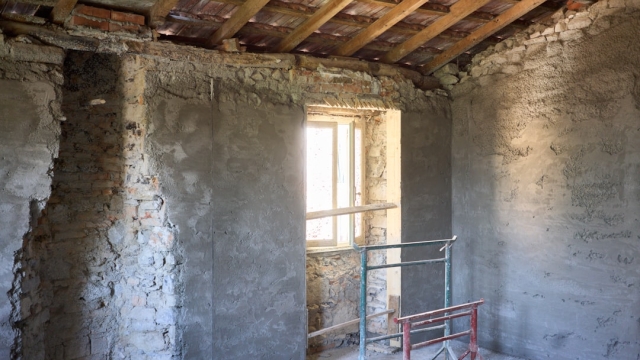Creating a comfortable living environment is essential for any homeowner. The climate inside a home can greatly impact the quality of life, making it crucial to invest in effective residential comfort systems. These systems are designed to regulate temperature, humidity, and air quality, ensuring that homes remain inviting and livable throughout the year. Understanding these systems—how they work, their various types, and how to maintain them—can empower homeowners to make informed decisions that enhance their comfort and well-being.
Overview of Residential Comfort Systems: What They Are and How They Work
Residential comfort systems encompass a range of technologies used to maintain indoor climate control. At their core, these systems typically include heating, ventilation, and air conditioning (HVAC) units, which work together to regulate temperature and air quality. Heating systems can include furnaces or heat pumps, while cooling is often managed through air conditioners or also heat pumps that can reverse operation for cooling. Ventilation is crucial for ensuring fresh air circulation, which can be achieved through mechanical systems or natural airflow methods.
Types of HVAC Systems for Home Comfort: Pros and Cons
When it comes to residential comfort systems, several HVAC types are available, each with its own advantages and disadvantages:
- Central Air Conditioning: This system cools the entire home from one central unit. It offers consistent cooling but may require ductwork, which can be expensive to install or maintain.
- Ductless Mini-Split Systems: These offer flexibility by allowing homeowners to cool individual rooms. They are energy-efficient but may have higher upfront costs.
- Heat Pumps: These systems can provide both heating and cooling. They are energy-efficient but may struggle in extreme temperatures.
- Furnaces: Traditional heating systems that can use gas, oil, or electricity. They provide reliable heat but can be less efficient than newer technologies.
Energy Efficiency in Residential Comfort Systems: Tips for Homeowners
Energy efficiency is a key consideration for any residential comfort system. Not only does it reduce utility bills, but it also minimizes environmental impact. Here are some effective tips for homeowners:
- Regular Maintenance: Schedule routine check-ups for your HVAC systems to ensure they are running efficiently and to catch any potential issues early.
- Upgrade Insulation: Proper insulation in walls, attics, and basements helps maintain indoor temperatures and reduces the workload on heating and cooling systems.
- Use Programmable Thermostats: Smart thermostats allow homeowners to set schedules and control temperatures remotely, optimizing energy use when the home is unoccupied.
- Seal Ducts: Leaks in ductwork can cause significant energy loss. Sealing and insulating ducts can improve efficiency and comfort.
Installation and Maintenance of Comfort Systems: What to Expect
Installing a residential comfort system can be a significant investment, and understanding the process can help homeowners feel more prepared. Typically, the installation begins with an assessment of the home to determine the best system type and size. This may involve evaluating insulation, existing ductwork, and the layout of the home.
Once a system is chosen, installation may take a few hours to several days, depending on the complexity. Maintenance is equally important; homeowners should expect to regularly change filters, clean ducts, and schedule professional inspections to keep their systems running optimally.
Smart Home Technology and Comfort Systems: Enhancing Your Living Space
Integrating smart home technology with residential comfort systems can significantly enhance the living experience. Smart thermostats, for instance, learn user preferences and adjust settings automatically for optimal comfort and efficiency. Additionally, smart vents can manage airflow in different rooms, ensuring that every space is comfortable without wasting energy.
Home automation systems can also integrate lighting and security, allowing homeowners to manage their entire living environment seamlessly. These advancements not only promote comfort but also support energy-saving initiatives, making them a wise choice for the eco-conscious homeowner.
In conclusion, understanding residential comfort systems is crucial for creating a pleasant and efficient home environment. By exploring the various systems available, prioritizing energy efficiency, and considering smart technology integration, homeowners can significantly enhance their quality of life while reducing their carbon footprint. For more information about optimizing your home comfort systems, visit Endless Energy.




